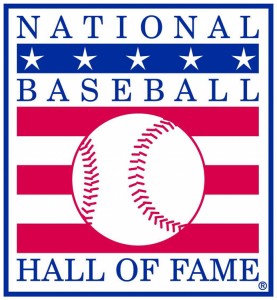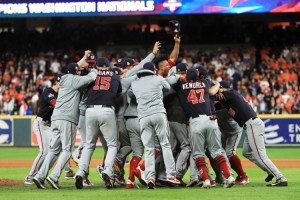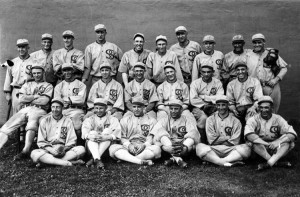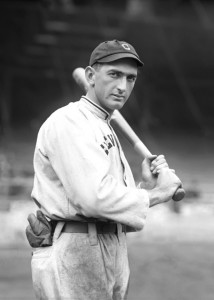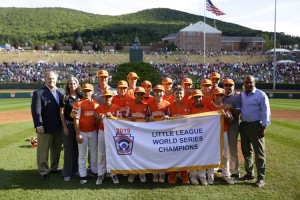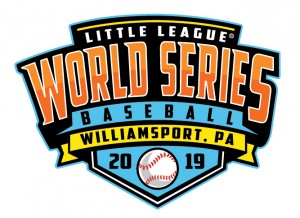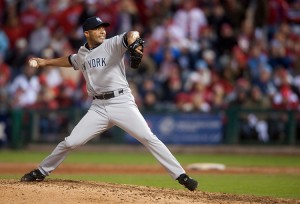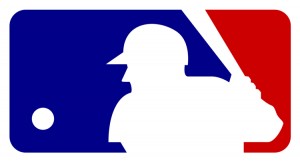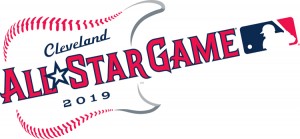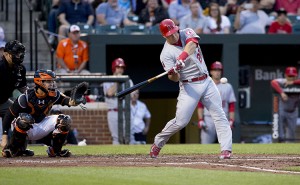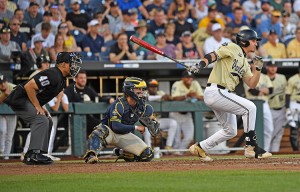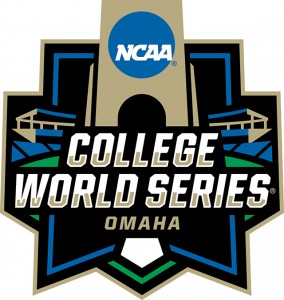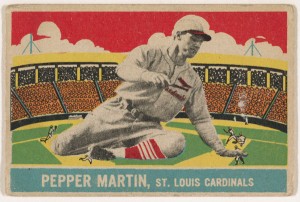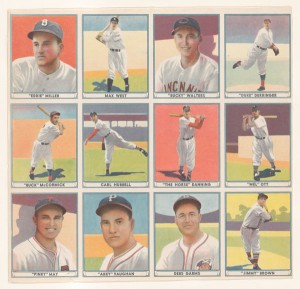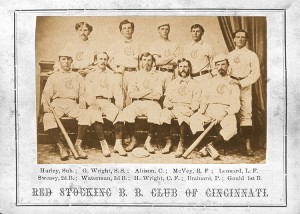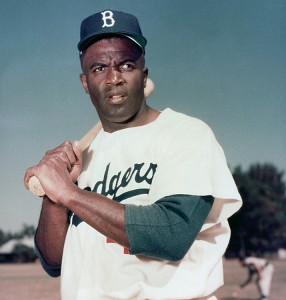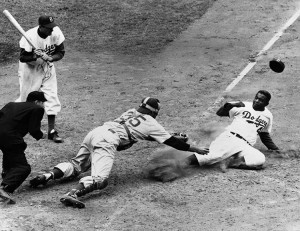Baseball’s 2020 Hall of Famers
Monday, January 27th, 2020January 27, 2020
On Tuesday, January 21, Major League Baseball (MLB) greats Derek Jeter and Larry Walker were elected to the National Baseball Hall of Fame in Cooperstown, New York. Jeter, an outstanding all-around shortstop, earned 99.7 percent of the possible votes (396 of 397) in his first year of eligibility. Walker, a powerful outfielder in his 10th and final year of eligibility, received 76.6 percent of votes cast, just exceeding the 75 percent required for election. The former catcher Ted Simmons, elected in December 2019 by the Modern Baseball Era Committee, will also be enshrined in the Hall of Fame on July 26, 2020. Joining the players will be the sportswriter Nick Cafardo, the broadcaster Ken “Hawk” Harrelson, and the former players’ union executive Marvin Miller.
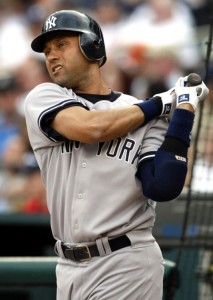
The longtime Yankees shortstop Derek Jeter will headline baseball’s Hall of Fame class in 2020. Credit: © Rebecca Cook, Reuters/Landov
Derek Jeter, who was born in New Jersey and grew up in Michigan, played 20 MLB seasons from 1995 through 2014 with the New York Yankees. He won five Gold Glove awards as the best defensive shortstop in the American League (AL). He also won five Silver Sluggers as the best hitter at his position. A career .310 hitter, Jeter was a 14-time All-Star, hit 260 home runs, and his 3,465 career hits are the most ever by an MLB shortstop. Known for his leadership as well as his playing ability, Jeter served as team captain of the Yankees from 2003 through 2014. During Jeter’s time in New York, the Yankees won seven AL pennants and five World Series.
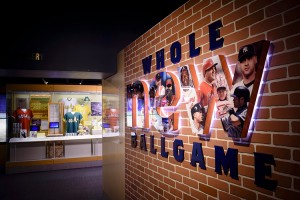
The National Baseball Hall of Fame and Museum honors players and other individuals who have made outstanding contributions to the sport. It is located in Cooperstown, New York. Credit: National Baseball Hall of Fame and Museum
The Canadian Larry Walker played 17 seasons for the Montreal Expos, Colorado Rockies, and St. Louis Cardinals from 1989 to 2005. Walker blossomed in Montreal, where in 1992 he made the first of five career All-Star teams. It was in Denver, however, that Walker made his case for the Hall of Fame. In nine full seasons with the Rockies, he batted .300 or better seven times and led MLB in hitting in 1998 (.363), 1999 (.379), and 2001 (.350). In 1997, he hit .366 with 49 home runs and 130 runs batted in (RBI’s) and was named the National League (NL) Most Valuable Player. Walker ended his career with 2,160 hits, 383 home runs, 1,311 RBI’s, and a .313 lifetime batting average.
Michigan’s Ted Simmons played 21 seasons with the Cardinals, Milwaukee Brewers, and Atlanta Braves from 1968 to 1988. Simmons become an everyday catcher in 1971, and in 1972 he made the first of eight All-Star teams. An exceptional switch-hitter, Simmons hit .300 or better seven times, hit 20 or more home runs six times, and topped 90 RBI’s eight times. He retired with 248 home runs, 2,472 career hits (second all-time to Iván Rodríguez among MLB catchers) and 1,389 RBI’s (second to Yogi Berra among catchers).
Nick Cafardo, a longtime beat writer for the Boston Red Sox, joined the Hall of Fame as the winner of the J. G. Taylor Spink Award “for meritorious contributions to baseball writing.” Hawk Harrelson, who hit 131 home runs as an MLB player in the 1960′s, broadcast MLB games–mainly for the Chicago White Sox–from 1975 through 2018 and entered the Hall as the winner of the Ford C. Frick Award for broadcasters. Marvin Miller oversaw the advent of player free agency during his tenure as the executive director for the Major League Baseball Players Association from 1966 to 1982.
Hall of Fame voting is based upon a player’s record, playing ability, integrity, sportsmanship, character, and contributions to the team or teams on which the player played. Votes are cast by members of the Baseball Writers’ Association of America with at least 10 consecutive years of service. To be eligible, ballplayers must have spent at least 10 seasons in the majors and been retired for 5 years. Exceptions are made in the case of severe injury or sudden death, such as with Roberto Clemente. Eligible players remain on the Hall of Fame ballot for 10 years, after which they can gain entry only though the select eras committees. The eras committees, made up of former executives, managers, players, and umpires, also choose nonplayers such as Cafardo, Harrelson, and Miller for entry into the Hall of Fame.

